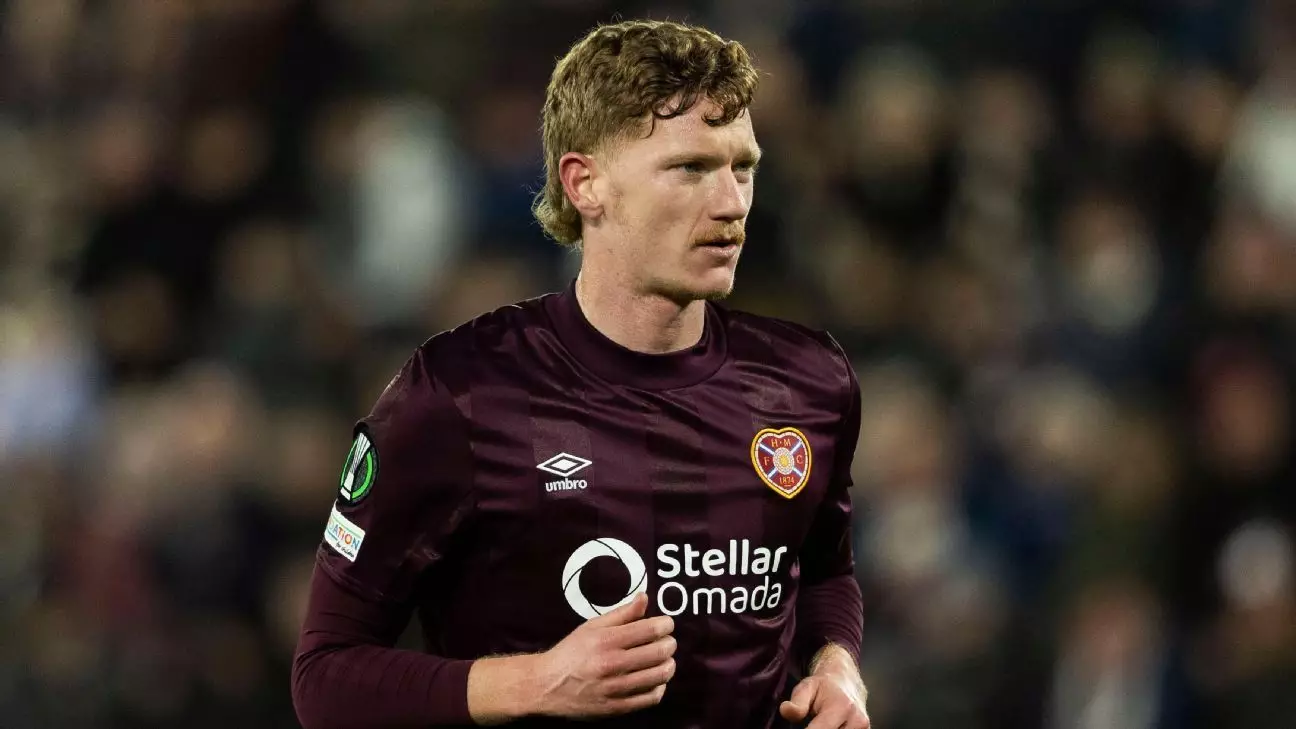In recent years, the movement of Australian football players to Major League Soccer (MLS) has gained momentum, signaling a noteworthy shift in both opportunities for players and the global football landscape. Socceroos head coach Tony Popovic has been vocal about the benefits that this transition holds for aspiring athletes. With the latest addition of Kye Rowles to D.C. United, the dialogue around the American league’s role as a conduit for player development and exposure enters a new chapter.
Rowles, a promising 26-year-old center-back, recently traded the Scottish league for the vibrant competition of MLS, signing a two-year contract with an option for extension. His experience playing the Scottish game, which has its own challenges, prepares him for this leap into a league that is known for its professionalism and investment in talent. In conjunction with Patrick Yazbek of Nashville SC, Rowles represents a growing trend of Australians making the transition to the American soccer scene, highlighting a newfound willingness among MLS clubs to invest in Australian players.
The financial aspect of Rowles’ transfer is particularly telling of the expanding market for Australian players. Reports indicate that his move generated around £600,000 for his previous club, Hearts. This trend is further emphasized by Jake Girdwood-Reich’s record-setting transfer from Sydney FC to St. Louis City. Such decisions by MLS franchises to pursue Australian talent are not only financial transactions but also a reflection of the increasing globalization of football. Clubs are recognizing the technical prowess and resilience that Australian players bring to the table, fostering a rich culture of diverse talent within the MLS.
Additionally, players such as Ariath Piol from Macarthur FC are in negotiations for potential moves to Real Salt Lake, hinting at continued interest in Australian footballers. This keen attention to Australian talent raises questions about the long-term implications for both the talent pool in Australia and the reputation of MLS as a nurturing ground for overseas players.
Popovic envisions MLS as a fruitful stepping stone for Australian players, emphasizing that the infrastructure, resources, and the overall professionalism of the league provide a solid foundation for player growth. His remarks underline the meticulous approach to sports that Americans bring, which inevitably translates into better facilities, higher attendance, and overall league quality. For a player like Rowles, this situation presents an opportunity not only for career advancement but also for showcasing his skills on a greater stage, essentially amplifying the visibility of Australian football in the international arena.
Noteworthy is the current climate for Australian defenders, given the recent injury to Harry Souttar, who has been sidelined due to an Achilles issue. This incident exacerbates the pressing need for reliable defensive options, making Rowles’ transition even more critical for the Socceroos as they prepare for the upcoming 2026 FIFA World Cup qualifiers.
Popovic’s affirmation that Rowles holds a vital role in the defensive line becomes paramount as the team faces a dilemma: finding a player who can replicate the unique attributes of Souttar. Popovic acknowledges that no two players are the same and that integrating Rowles into the squad will require careful strategy and adaptability. The pressure of the upcoming qualifiers against Indonesia and China elevates the stakes, making the need for depth and stability in defense essential.
In this context, the arrival of players from leagues such as MLS could supplant some of the gap left by injured players—creating new dynamics within the Socceroos squad. The adaptation to new playing styles from different leagues allows Popovic the opportunity to build a versatile team capable of navigating the complexities of international football.
As the January transfer window looms, figures like Mathew Ryan, another mainstay in the Socceroos setup, are poised to secure more consistent playing time, with rumors of a switch from AS Roma to L’Equipe indicating a strong possibility of further action in the player transfer sphere. Ryan’s pursuit of minutes is symbolic of a broader narrative — Australian players increasingly seek platforms where they can fully realize their potential.
The influx of Australian talent into MLS marks a significant development in the global football narrative. With emerging players like Rowles and established figures like Ryan set to make their mark, Australia’s football presence continues to grow in prominence. The synergy between player ambition and league professionalism sets a promising stage for the next generation, as they carve out a distinct identity in international football.

